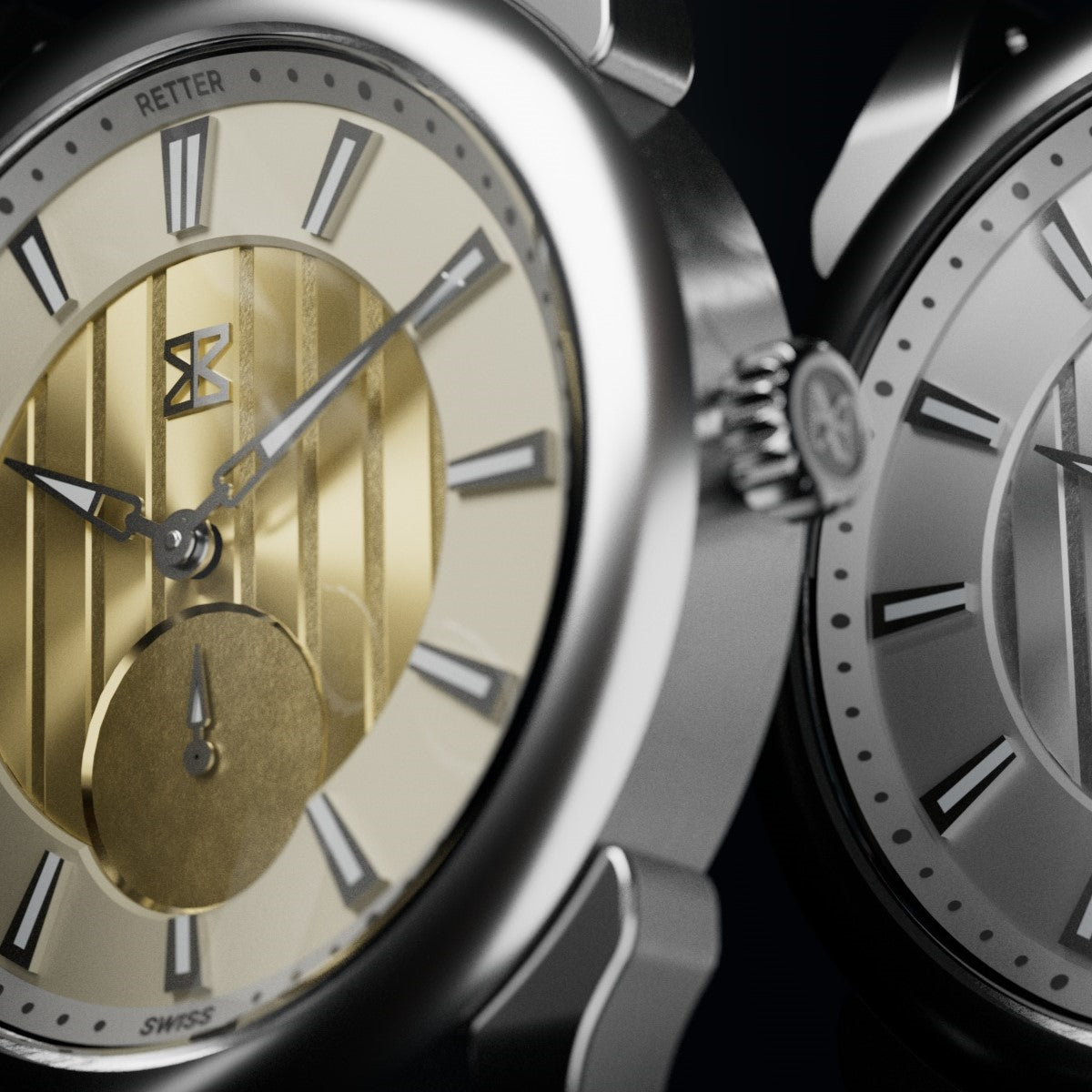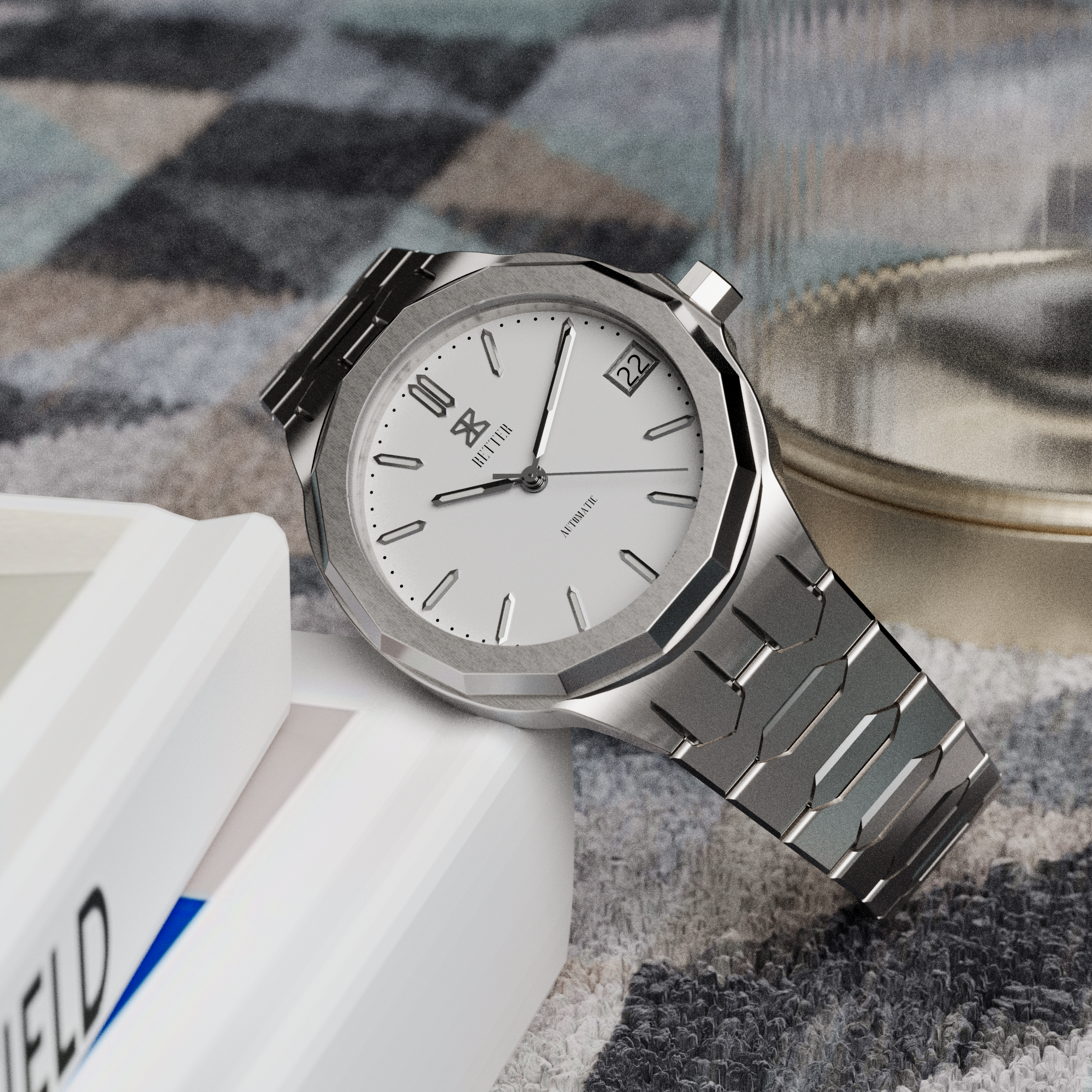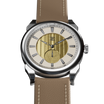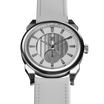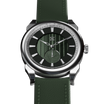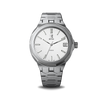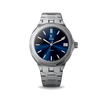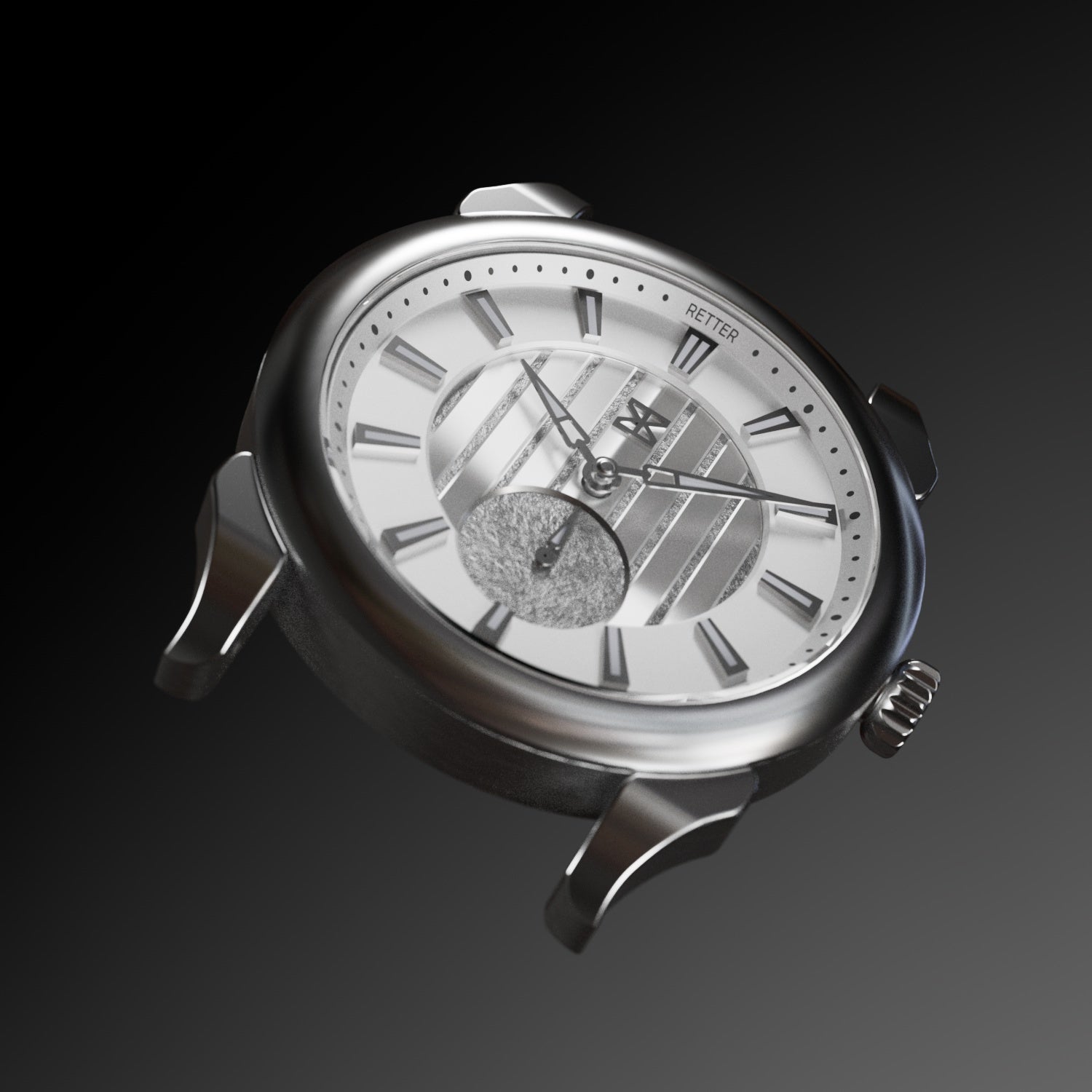We hope you all are well! Today, we'll be talking about why there's such a long wait between our releases, and what we're doing to cut that time down.
We launched Mistral in June 2024 — and since then, many of you have asked us: When’s the next one coming? It’s a great question, and the short answer is, developing a new watch takes a long time. But we figured we’d walk through the long answer, because there’s a lot going on behind the scenes that might surprise you.
Phase 1: Design (4–6 months)
Every watch begins with sketches, 3D design and renders — all of which we do ourselves. We go through dozens of iterations, refining the case shape, proportions, dial elements, finishing, and colorways. Even if the final design looks minimal, it rarely starts that way. There’s a slow process of iterating that takes months, and even after the design is submitted, we’ll keep tweaking it up until the prototypes are physically in hand.
Phase 2: Sourcing + Prototyping (3 months)
Once we have final design files, we begin finding the best suppliers and starting production for prototypes. This is where timelines can get unpredictable. Certain parts have longer lead times, and factory queues can be tight — especially for smaller brands like ours that don’t put in massive monthly orders. Even getting the correct hand polishing, dial textures, or printing methods can stretch our timelines out by weeks. If we’re doing something more technically ambitious, like modifying a movement, this timeline can stretch out even further.
Phase 3: Testing + Revisions (3 months)
After the first prototypes arrive, we spend time testing, wearing, and making revisions. Maybe the lume isn't strong enough, or the dial reflects light differently in person. Maybe the tolerances feel slightly off. Every component gets re-evaluated, and that means more back-and-forth with our suppliers. In some cases, we go through 2–3 rounds of prototypes before we’re confident it’s ready to be produced.
Phase 4: Launch Prep (4–6 months)
Once the design is finalized, the final stretch is preparing for launch — from building out our media campaigns, to photography and renders, to lining up the manufacturing timeline. Because most people never see the watch in person before buying, we spend a lot of time making sure the photos and renders are true to how the watch looks and feels on-wrist.

Why Don’t We Just Work on Multiple Watches at Once?
Honest answer -- it’s expensive. Every new watch costs tens of thousands of dollars to develop and prototype. And for independent brands without investor backing, developing multiple watches at once just isn’t feasible. We’re still a self-funded brand, and each launch helps pave the way for the next one. That’s why the success of one model directly influences how quickly we can bring the next one to life.
But What Can We Do Faster?
Within the watchmaking space, we’ve found that smaller iterations — like dial variations or limited editions — are much easier to execute. Once we’ve done the heavy lifting of case and component design and movement integration, it becomes much easier to experiment with new dials, colors, and materials. You’ll see more of that from us in the near future.
Rethinking How We Launch
We’re also learning from other enthusiast brands who’ve grown organically without huge ad budgets. Watch collectors talk — and if the product is good, they’ll spread the word. We believe in building long-term trust with our community, and we’d rather launch something we love and let it speak for itself than burn resources on a flashy campaign. It’s slower, but it’s more sustainable. Hopefully, it means we can release watches more often, with more of our energy focused on the product itself!
Thanks for sticking with us and for supporting our vision. More to come soon.

